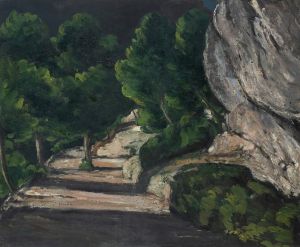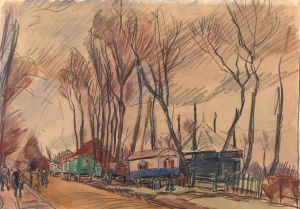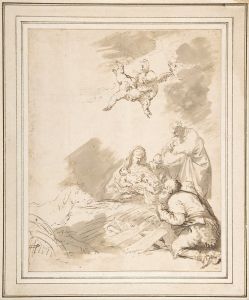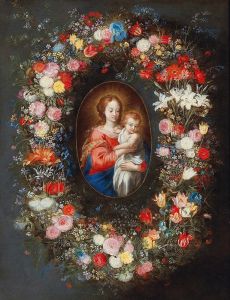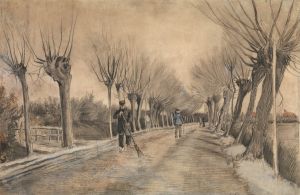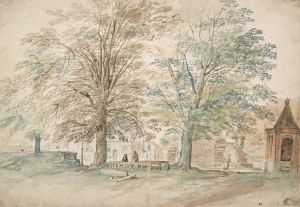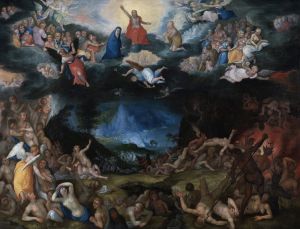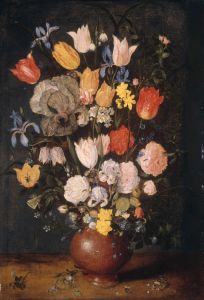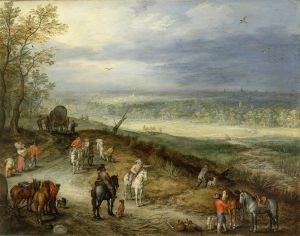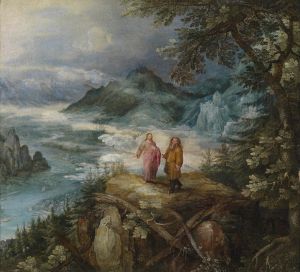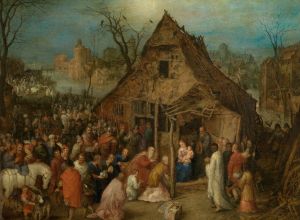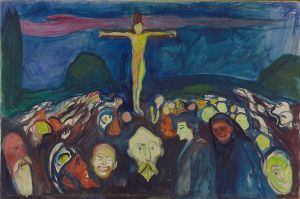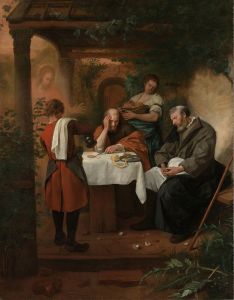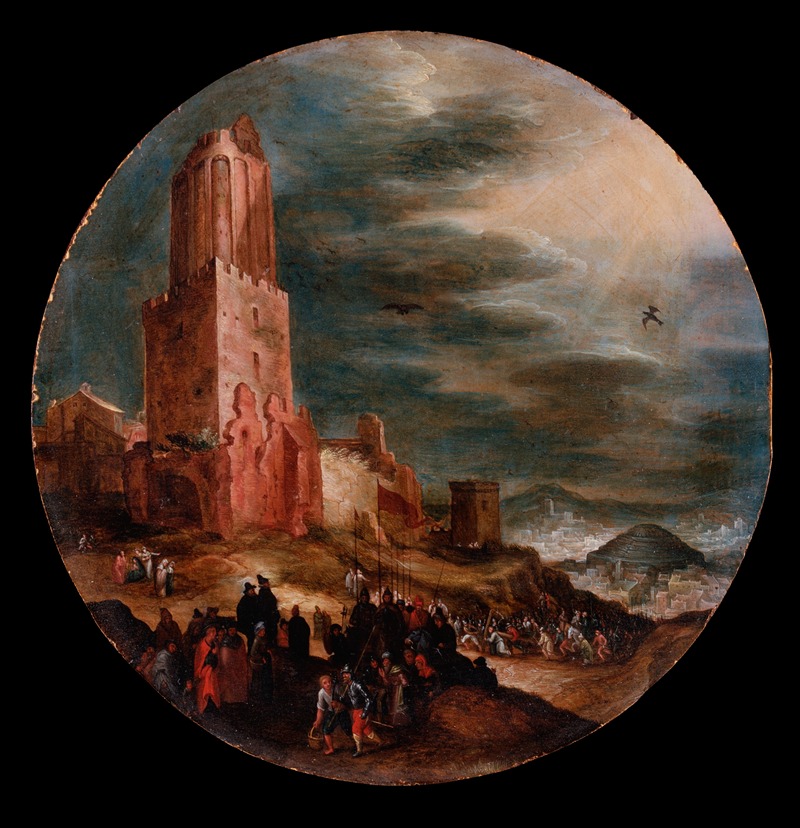
Road to Golgotha
A hand-painted replica of Jan Brueghel The Elder’s masterpiece Road to Golgotha, meticulously crafted by professional artists to capture the true essence of the original. Each piece is created with museum-quality canvas and rare mineral pigments, carefully painted by experienced artists with delicate brushstrokes and rich, layered colors to perfectly recreate the texture of the original artwork. Unlike machine-printed reproductions, this hand-painted version brings the painting to life, infused with the artist’s emotions and skill in every stroke. Whether for personal collection or home decoration, it instantly elevates the artistic atmosphere of any space.
Jan Brueghel the Elder, a prominent Flemish painter from the late 16th and early 17th centuries, is known for his detailed landscapes, vibrant use of color, and intricate compositions. One of his notable works is "Road to Golgotha," which exemplifies his skill in combining religious themes with elaborate landscape settings.
"Road to Golgotha" depicts the biblical scene of Christ carrying the cross to the site of his crucifixion, Golgotha. This theme has been a significant subject in Christian art, representing the Passion of Christ and his journey towards sacrifice. Brueghel's interpretation of this scene is notable for its rich detail and the way it integrates the figures into a broader landscape, a hallmark of his style.
In this painting, Brueghel employs a panoramic view, allowing the viewer to observe the procession from a distance. The landscape is lush and detailed, filled with various figures, animals, and natural elements that create a sense of depth and movement. The artist's meticulous attention to detail is evident in the way he renders each figure and element in the scene, from the expressions of the people to the textures of the foliage.
Brueghel's use of color is another striking feature of "Road to Golgotha." He employs a vibrant palette that enhances the emotional impact of the scene. The colors are used not only to depict the natural environment but also to convey the somber and reflective mood of the event. The contrast between the bright colors of the landscape and the darker tones of the figures emphasizes the gravity of the moment.
The composition of the painting is carefully structured to guide the viewer's eye through the scene. The winding road leads the viewer from the foreground, where the procession begins, to the distant hill of Golgotha. This compositional technique creates a narrative flow, inviting the viewer to follow Christ's journey and reflect on its significance.
Jan Brueghel the Elder was part of a renowned family of artists, and he often collaborated with other painters, including Peter Paul Rubens. While "Road to Golgotha" is primarily attributed to Brueghel, it is possible that he collaborated with other artists on certain elements, as was common in his workshop. However, the specific details of any collaboration on this painting are not well-documented.
Brueghel's work, including "Road to Golgotha," was highly regarded during his lifetime and continues to be appreciated for its artistic and historical significance. His ability to blend religious themes with detailed landscapes set a standard for future generations of artists and contributed to the development of Flemish Baroque painting.
Overall, "Road to Golgotha" is a testament to Jan Brueghel the Elder's mastery of landscape painting and his ability to convey complex narratives through art. The painting remains an important work for both its artistic merit and its representation of a pivotal moment in Christian iconography.





